Astrophysics
For any information about research in Astrophysics at the Department of Physics and Astronomy or at the INAF - Arcetri Astrophysical Observatory , and for specific arguments for a dissertation or thesis, see astro.fisica.unifi.it/tesi . You are warmly invited to contact people involved in the groups listed therein either for topics more focussed on your personal interests or for the related research activities. For any query about your study plan in the curriculum Astrophysics our delegate in the CdL committee for didactics is Prof. Luca Del Zanna .
Research activities in Astrophysics at our Department are organized according to the following areas:
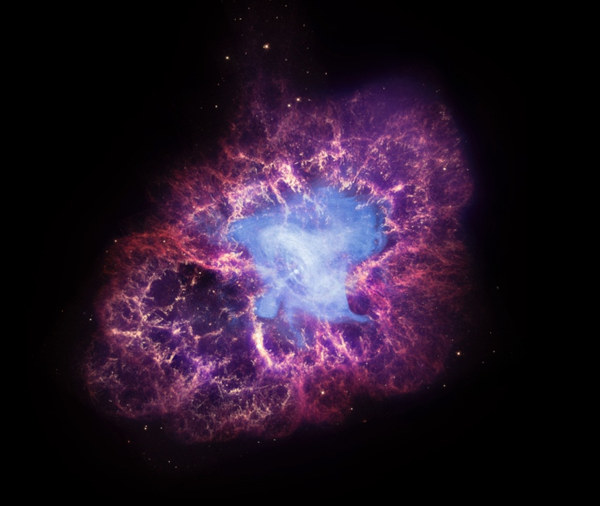
High-Energy Astrophysics deals with the most extreme phenomena taking place in our Universe, like Supernova explosions, gamma-ray bursts, emission from pulsars and magnetars, accretion onto compact objects (black holes and neutron stars), the coalescence of such objects and the consequent emission of gravitational waves, and the production of cosmic rays. Tipically plasmas in the relativistic regime are involved, gravitational fields must be treated using the Einstein field equations, and electromagnetic emission from this kind of sources is mainly due to non-thermal particles (synchrotron, inverse Compton, adronic processes). The Arcetri High-Energy Astrophysics group is one of the main Italian research groups on these topics, since the pioneering studies by its founder, Franco Pacini, on pulsars and on the origin of the non-thermal emission from supernova remnants such as the Crab nebula, shown here. The group is mainly interested in the theoretical modelization of astrophysical sources and processes, with particular attention to numerical simulations, often in sinergy with the collegues of the plasma physics group. Its members are involved in various national and international projects, spanning from theoretical research on fundamental astrophysical processes to the development of scientific case studies for the next generation gamma and X-ray telescopes.
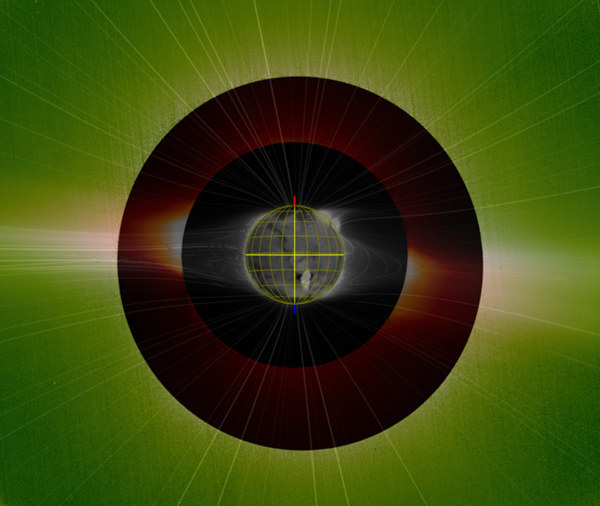
Solar physics deals with all physical phenomena related to our star, the Sun, from the physics of its interior to the behaviour of the atmosphere that extends to the outer edges of the solar system. The study of the Sun, the only star that can be studied in details represents a 'Rosetta Stone' for stellar physics. In addition, the Sun is a great laboratory for studying astrophysical plasmas. The study of the Sun is also important because of its influence on the Earth's environment, both in terms of climate and of the interaction of the solar wind (literally, a wind of plasma blowing from the Sun and pervading the solar system) with the Earth's magnetosphere, a phenomenon studied by a new discipline called “space weather”. The UniFi solar physics group follows a long tradition at both the Department and the Arcetri Observatory. At the beginning the traditional solar physics was based on ground-based observations, then space research started with the ESA-NASA SOHO probe until the recent Solar Orbiter, where our group has been involved in instrumentation development, mission operations management, and analysis of spectroscopic and polarimetric data in the UV and visible from the solar corona. In particular, UniFi is responsible for Solar Orbiter's Metis coronagraph, an ongoing mission with a planned duration of ten years. The group is also involved in the study of space plasmas, in particular, in the theory and modelling of plasma interaction phenomena with the solar magnetic field, from turbulence to magnetic reconnection and solar wind acceleration.
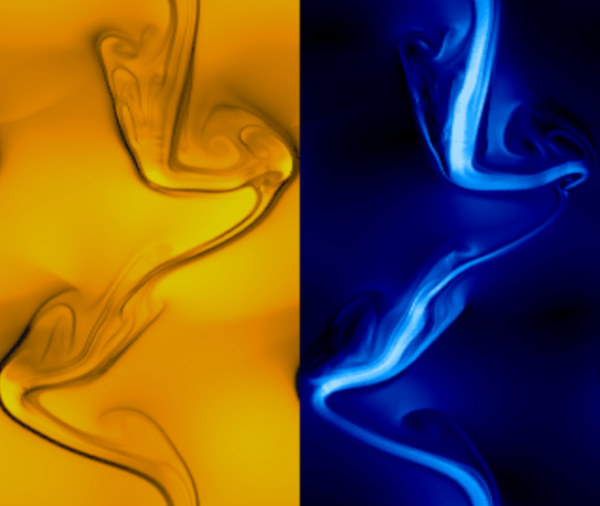
The group ASAP, Arcetri Space & Astrophysical Plasmas, of the Physics and Astronomy Department, University of Florence, is aimed at studying the physical phenomena operating at the base of many processes encountered in Astrophysics. Almost the totality of the visible matter in our Universe is in the plasma state, that is partially or totally ionized gas where the average density of free charges available is such that collective electromagnetic phenomena operating at large scales prevail over the collisions among single particles. Examples of aggregation states in the form of plasma in Astrophysics are numerous: the interior of stars and their atmospheres, the interplanetary medium, the magnetospheres of planets, the interstellar and intergalactic media, various types of nebulae as supernova remnants or HII regions, and collimated jets or mass outflows at both stellar and galactic scales. In all cases electric currents and plasma self-generated magnetic fields play a fundamental role, and often the geometry itself of the system is defined by the structure of the magnetic fields present therein. Plasmas and the associated electromagnetic fields are strongly nonlinear systems, so that these Astrophysical environments are systematically in a turbulent state. The Astrophysical plasmas group works specifically on the numerical modelization, using either fluid or kinetic descriptions: we develop and make use of magnetohydrodynamics (MHD, both classical and relativistic), Hall-MHD, Particle-In-Cell (PIC), Hybrid-PIC codes. In collaboration with other institutes we also work on the analysis of solar wind data from spatial missions (such as Parker Solar Probe, Solar Orbiter, Bepi-Colombo...).
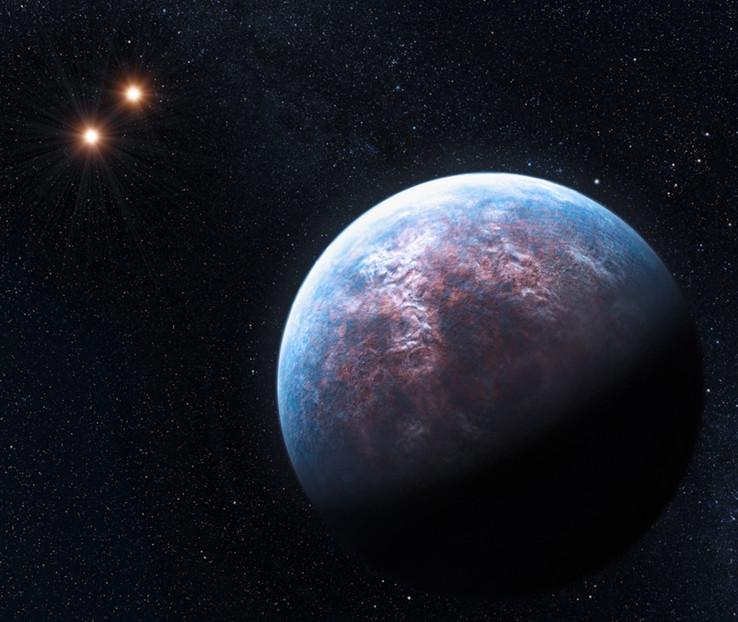
Just over 25 years ago the first planet orbiting a solar-type star was discovered; since then over 4000 planets have been confirmed. The planetary systems discovered are so different from the Solar System that Jovian-type gaseous planets are found at small distances from their stars. Current research topics include planetary migration, the concept of habitability, the search for Earth-like planets, and the study and characterisation of planetary environments. After a phase focused on the search for planets, research is now focusing more on the study of planetary atmospheres, which can provide information on composition, presence of water, atmospheric phenomena and also soil composition, up to the processes of planetary formation. In this area, the Department of Physics and Astronomy carries out research in the field of observation and the development of new generation instruments. At the Chianti Multifunctional Observatory, planets are studied using the transit method. The Department plays a key role in Ariel, an ESA mission under development that will study planetary atmospheres. The Department is coordinating a large international consortium for the construction of HIRES, an instrument for ESO's ELT whose main purpose is to find traces of life on Earth-like exoplanets. To improve the reliability of exoplanet observations, stellar activity also needs to be well characterised, as it can either simulate or hide the presence of the planet. To this end, the Department has been involved in the development of the LOCNES telescope, which is currently being installed at the Galileo National Telescope in the Canary Islands and will soon come into operation to study the activity of the Sun as a star.
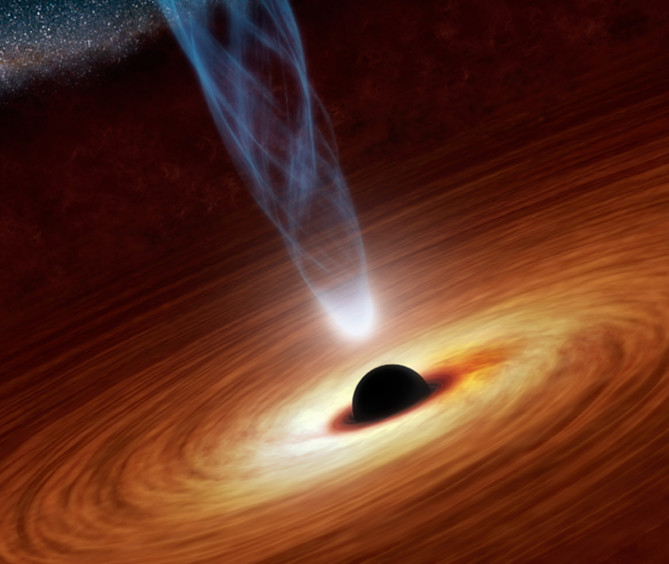
Extragalactic astrophysics deals with the study of galaxies, from their formation in the first billion years, to the present day, some 14 billion years after the Big Bang. Galaxies are made up of stars, gas, dust and dark matter and are held together by their gravity. Galaxies form and evolve as a result of several physical processes: the accretion of gas from the surrounding environment; the formation of stars and their subsequent evolution, which involves the input of energy and heavy chemicals into the surrounding environment; and the interaction and merger with other galaxies. At the centre of galaxies are giant black holes that accrete gas in their nuclear regions and release enormous amounts of energy, which can influence the evolution of the host galaxy to the point of halting the formation of new stars. When accreting gas, black holes give rise to the phenomenon of active galactic nuclei, thanks to which the physical processes associated with the strong gravitational field can be studied. The Galaxies and Cosmology group consists of researchers from the Department of Physics and Astronomy and the Arcetri Astrophysical Observatory. The researchers of the Department are particularly involved in studying the evolution of galaxies, active galactic nuclei, the formation of the first stars and galaxies, and the measurement of the cosmological properties of the universe, both from an observational and theoretical point of view. They are involved in many projects involving both the observational study of galaxies, active nuclei and black holes and the development of theoretical models to understand their formation and evolution.
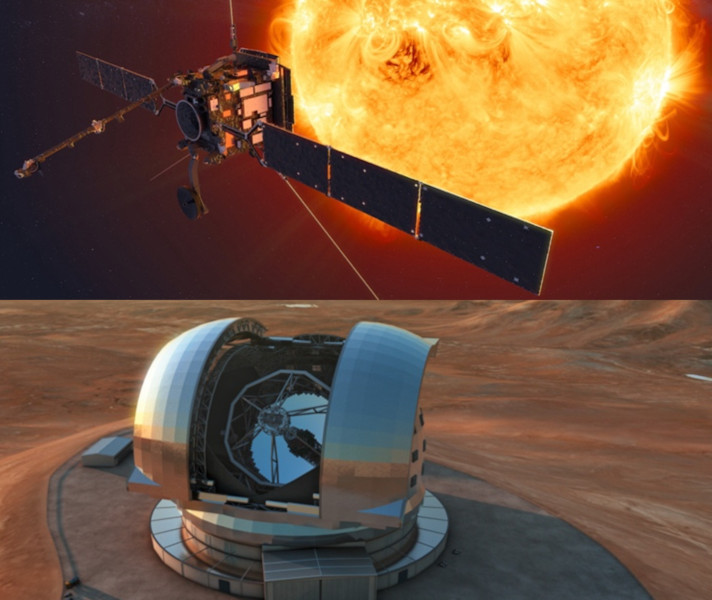
The astronomer's work also involves the design and development of new telescopes and instrumentation, with the aim of improving observations to the point of being able to study sources that are not accessible with existing instrumentation. The Department of Physics and Astronomy has also participated and is participating in the development of solar coronagraphs for space, from optical design to subsystem testing in the XUVLab at the Garbasso building, to operations and data analysis. These include ASPIICS of the ESA PROBA3 mission for the validation of flight formation techniques and HERSCHEL-SCORE, a NASA suborbital mission, for the simultaneous observation of the solar corona in its main components: helium, hydrogen and electrons. In Ariel, an ESA mission under development that will study planetary atmospheres, the Department of Physics and Astronomy plays a key role, being responsible for the telescope and the management of the entire Italian contribution. The department is co-ordinating a large international consortium for the construction of HIRES, an instrument for the large 40m diameter telescope of ESO's ELT, whose main goal is to find traces of life on Earth-like exoplanets.
Last update
24.09.2021
